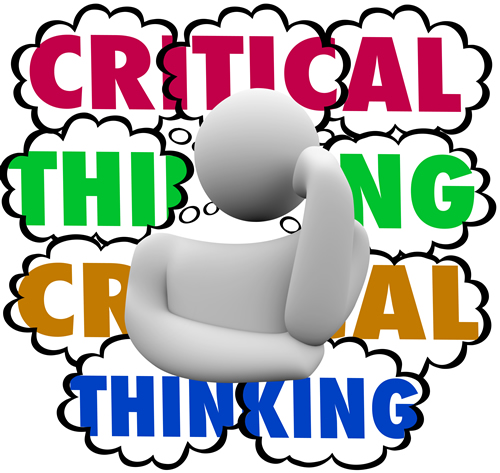We all know that critical thinking is a very important skill, but how do you teach students to go beyond the obvious response and use reason?
In a new study from MindEdge Learning, more than half of the college students and recent graduates said they were very confident in their critical-thinking skills; however, 52 percent of them could not pass a basic, nine-question test of their digital literacy and critical-thinking skills. Perhaps more troubling, the amount of respondents who answered eight or nine questions correctly dropped from 24 percent last year to 19 percent this year.
For teachers looking for new ways to improve critical-thinking skills, here are the five most-popular TED-Ed Lessons on the topic.
1. 5 tips to improve your critical thinking
Every day, a sea of decisions stretches before us, and it’s impossible to make a perfect choice every time. But there are many ways to improve our chances—and one particularly effective technique is critical thinking. Samantha Agoos describes a five-step process that may help you with any number of problems.
2. How art can help you analyze
Can art save lives? Not exactly, but our most prized professionals (doctors, nurses, police officers) can learn real-world skills through art analysis. Studying art like René Magritte’s Time Transfixed can enhance communication and analytical skills, with an emphasis on both the seen and unseen. Amy E. Herman explains why art historical training can prepare you for real world investigation.
3. The psychology behind irrational decisions
Often people make decisions that are not “rational” from a purely economical point of view—meaning that they don’t necessarily lead to the best result. Why is that? Are we just bad at dealing with numbers and odds? Or is there a psychological mechanism behind it? Sara Garofalo explains heuristics, problem-solving approaches based on previous experience and intuition rather than analysis.
4. How miscommunication happens (and how to avoid it)
Have you ever talked with a friend about a problem, only to realize that he just doesn’t seem to grasp why the issue is so important to you? Have you ever presented an idea to a group, and it’s met with utter confusion? What’s going on here? Katherine Hampsten describes why miscommunication occurs so frequently, and how we can minimize frustration while expressing ourselves better.
5. Rethinking thinking
Every day, we meet people and process our interactions—making inferences and developing beliefs about the world around us. In this lesson, Trevor Maber introduces us to the idea of a “ladder of inference” and a process for rethinking the way we interact.
- Why we love our PD tools - May 13, 2019
- How one middle school is closing the technology achievement gap - May 10, 2019
- How STEM learning invigorates classrooms - May 1, 2019


